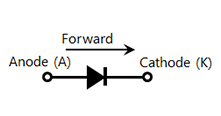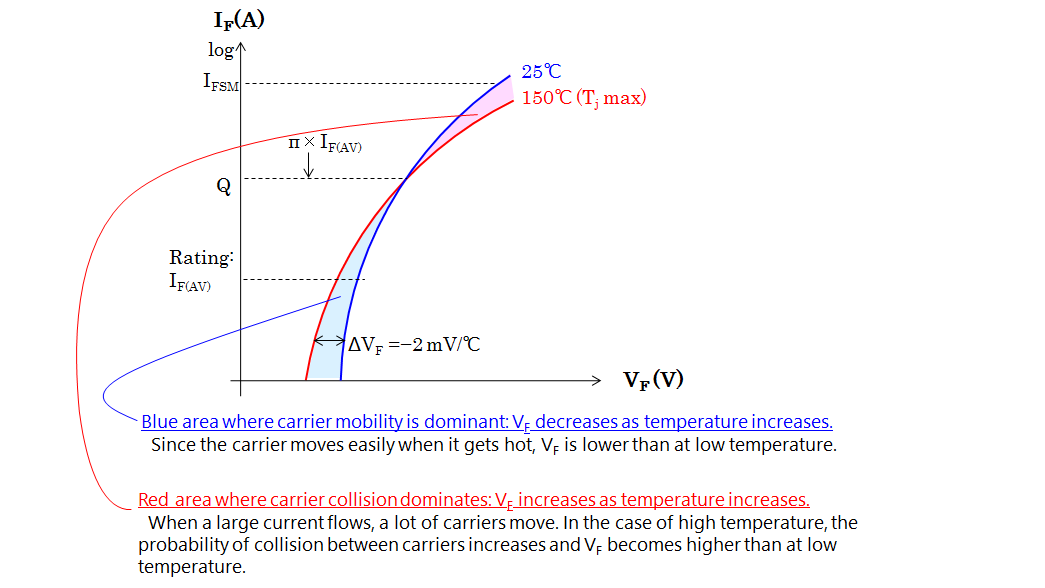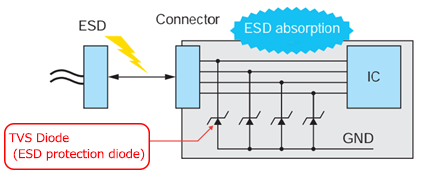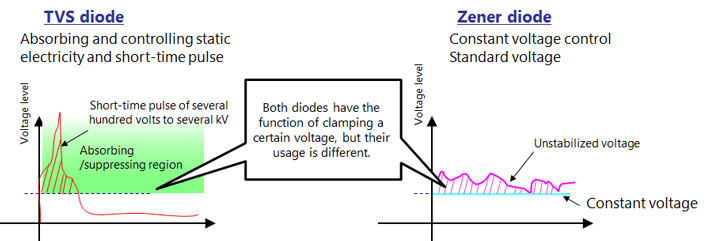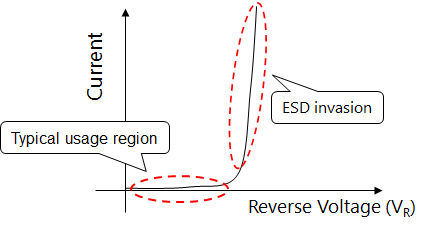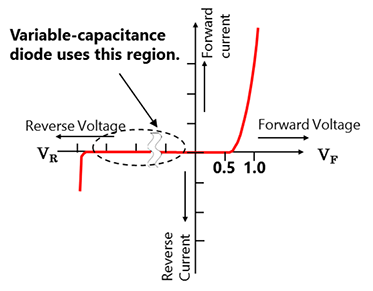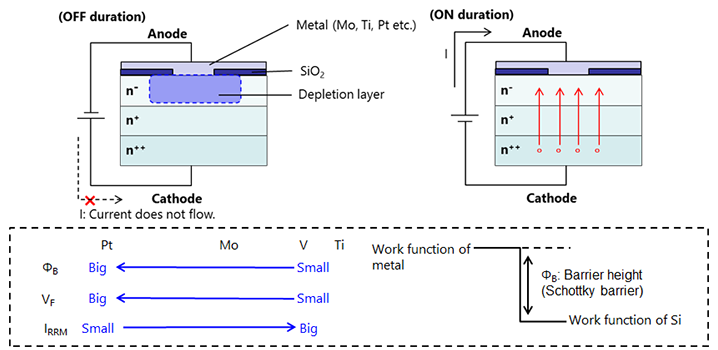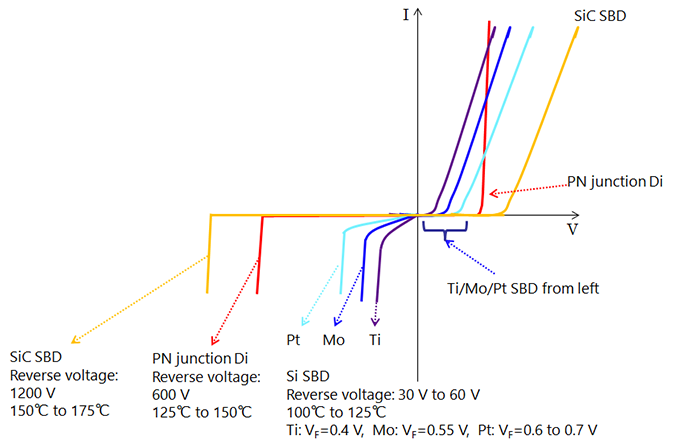- 型号 & 关键词搜索
- 交叉搜索
- 参数搜索
- 库存查询与购买
This webpage doesn't work with Internet Explorer. Please use the latest version of Google Chrome, Microsoft Edge, Mozilla Firefox or Safari.
请输入3个以上字符 Search for multiple part numbers fromhere.
The information presented in this cross reference is based on TOSHIBA's selection criteria and should be treated as a suggestion only. Please carefully review the latest versions of all relevant information on the TOSHIBA products, including without limitation data sheets and validate all operating parameters of the TOSHIBA products to ensure that the suggested TOSHIBA products are truly compatible with your design and application.Please note that this cross reference is based on TOSHIBA's estimate of compatibility with other manufacturers' products, based on other manufacturers' published data, at the time the data was collected.TOSHIBA is not responsible for any incorrect or incomplete information. Information is subject to change at any time without notice.
请输入3个以上字符
稳压二极管(齐纳二极管)
下载“第Ⅱ章:二极管” (PDF:895KB)
稳压二极管利用了pn结的反向特性。当提高pn结二极管的反向电压时,大电流在一定的电压下开始流动,并得到恒定的电压。(这种现象称为击穿,其电压称为击穿电压。)
稳压二极管积极利用了这一特性。由于这种击穿电压也被称为齐纳电压,所以稳压二极管也被称为齐纳二极管。该电压可用作恒压电源或电子电路的参考电压。
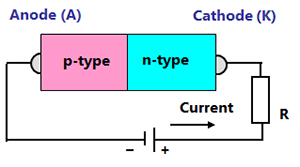
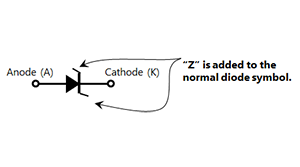
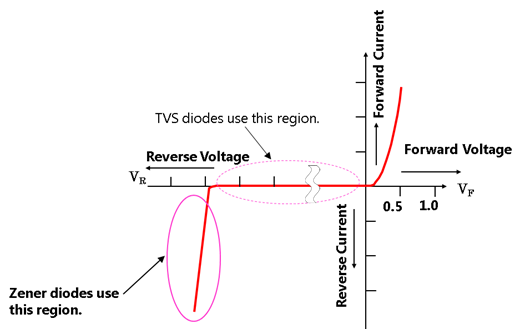
(注:一般情况下,当电压小于或等于6V时,会观察到齐纳现象。如果电压超过6V,雪崩现象将超过齐纳现象成为主导。齐纳电压和雪崩电压具有不同的温度特性,前者的温度系数为负,后者的温度系数为正。)



